Ryan Van Belleghem
Advisor: Lisa Landrum
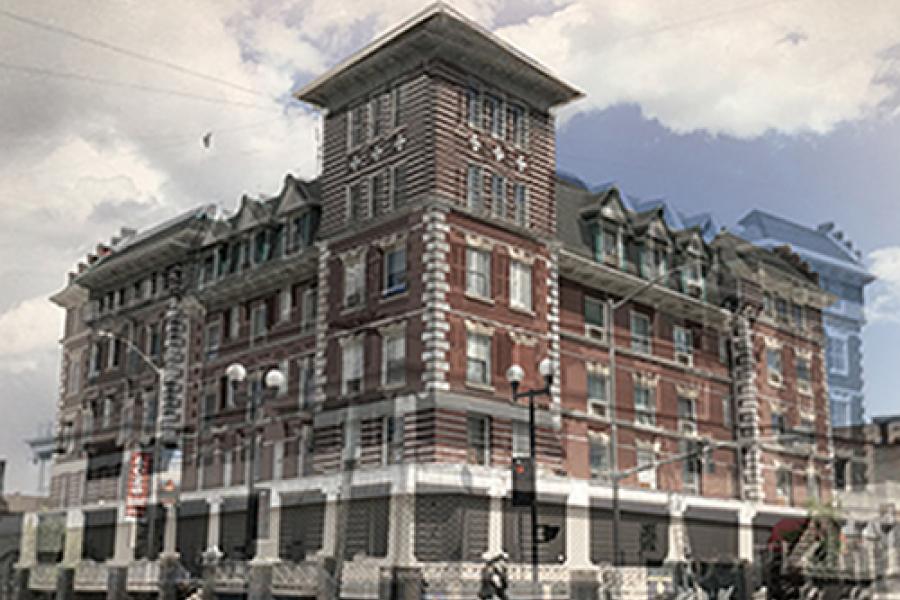

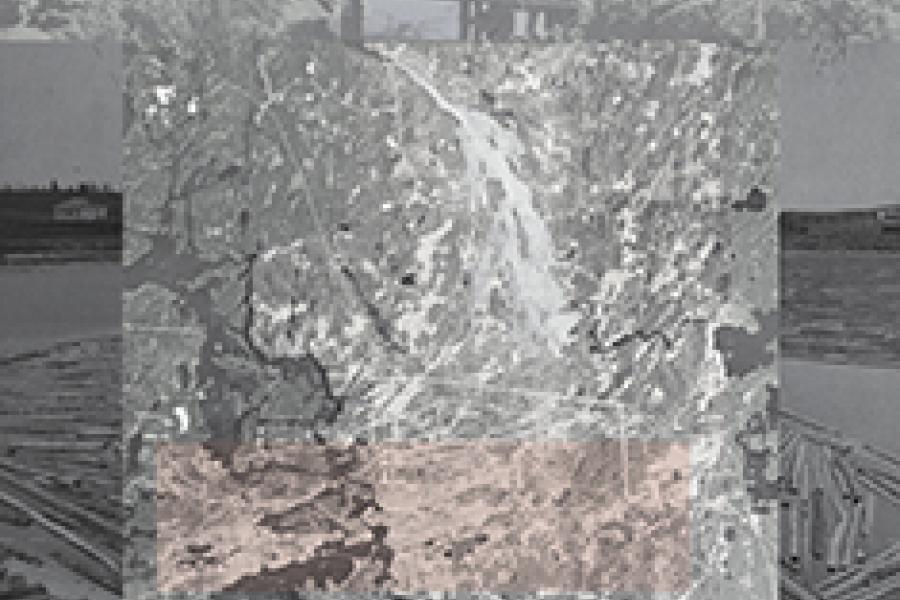
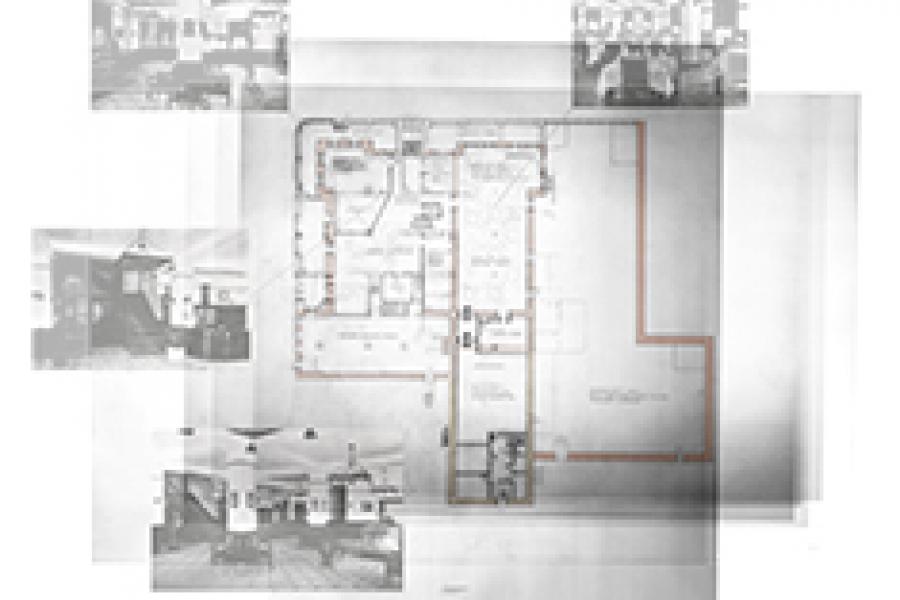
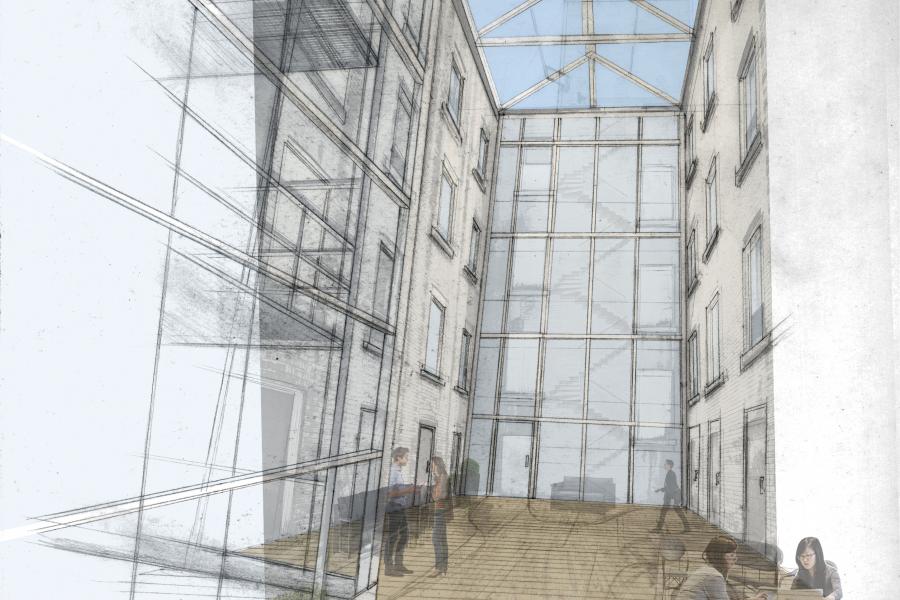
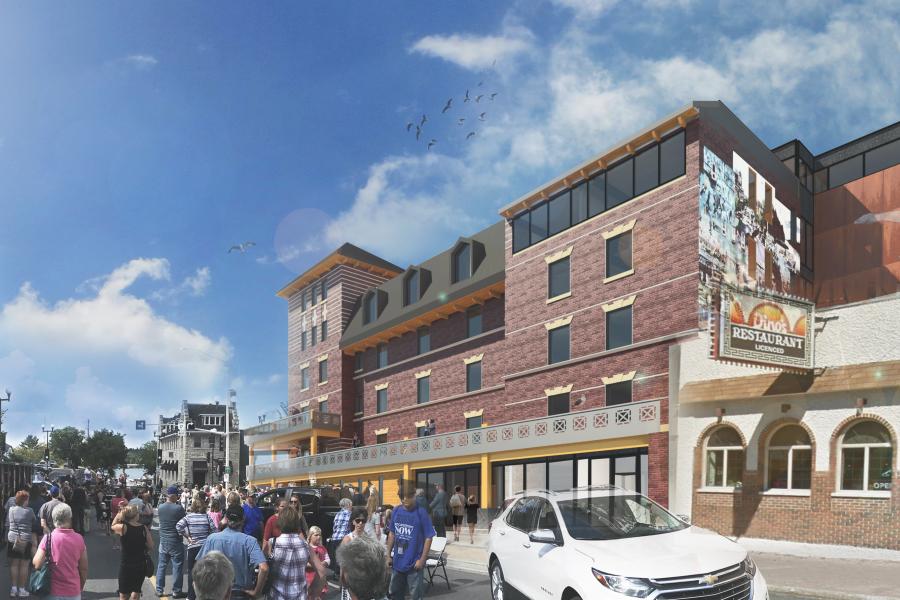
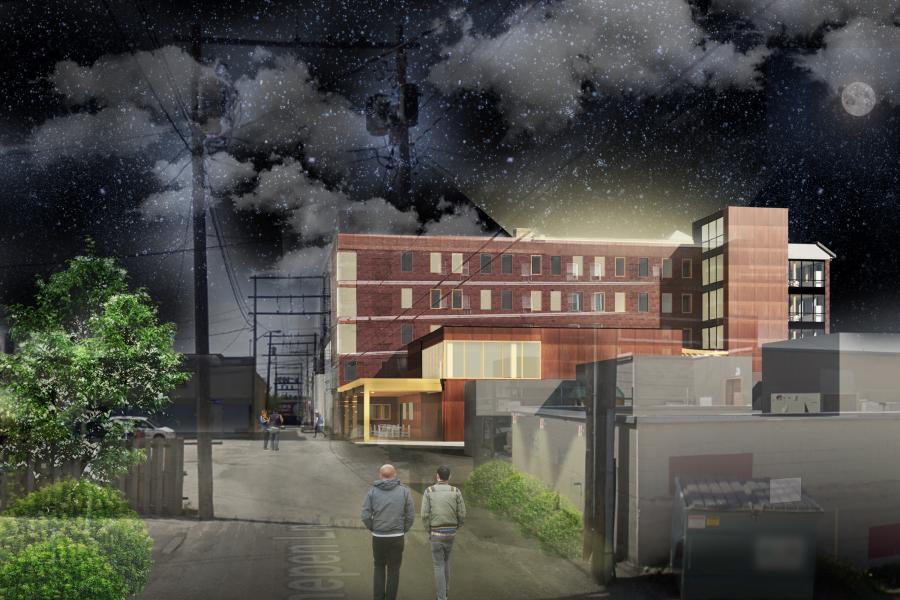
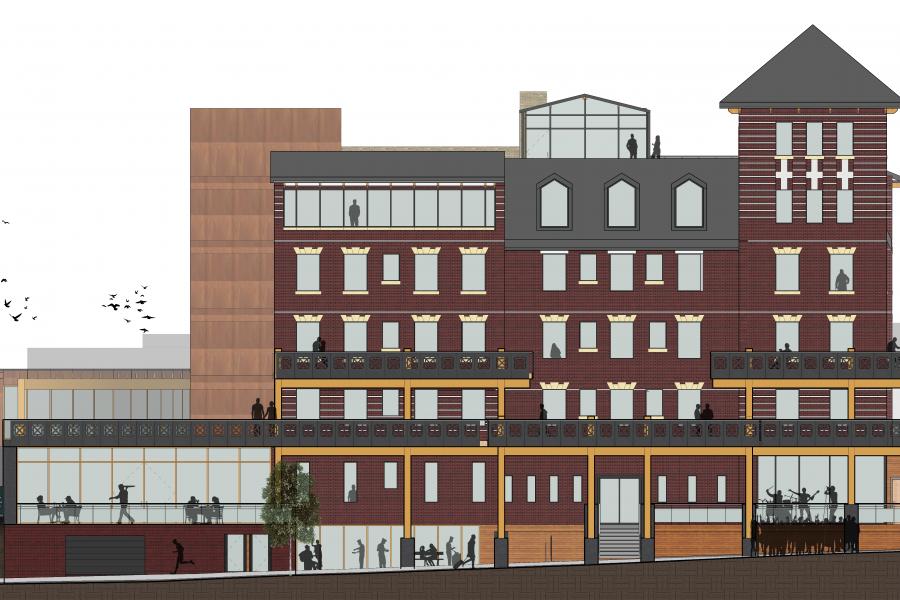
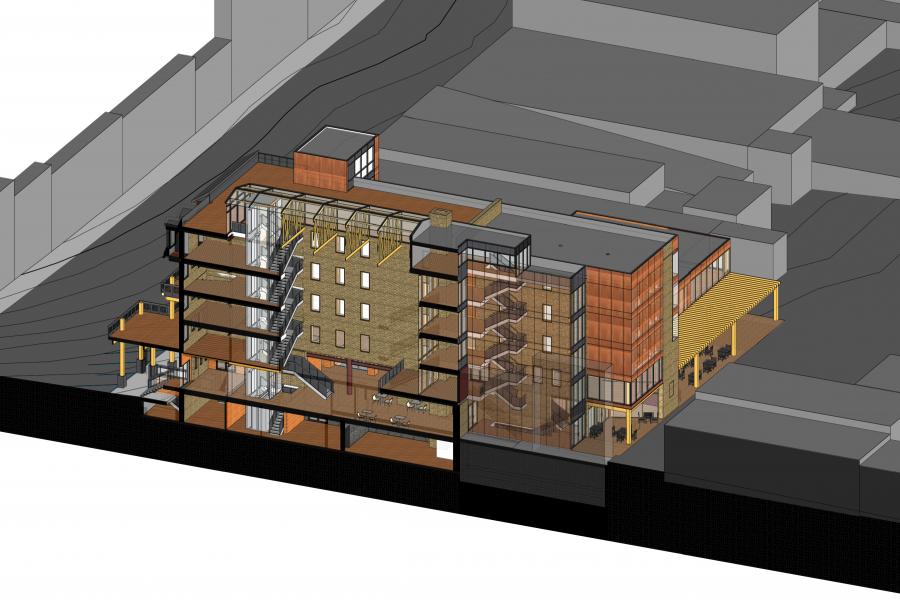
Contemporary Historicity
Architecture preserves a power of historical context that we can only attempt to understand. Human memory seems so ephemeral and unstable compared to the physical monuments of the past, which encompass and transport us to other places and times while, at the same time, rooting us to particular places.
The Kenricia Hotel located in Kenora, Ontario, situated amongst the wilderness of northwestern Ontario, offers to the city part of this historicity, being built by a Chicago architect by the name of Frank V. Newell. Situated on the pivotal intersection of Second Street and Main Street, overlooking the harbourfront known as Safety Bay on Lake of the Woods, the brick and steel hotel was constructed in the early 1900’s to accommodate the many tourists flocking to the Kenora region following the completion of the Canadian Pacific Railroad. At this time, there was a major gold rush in the region, and the lumber industry was booming. Over the years, the building has transformed to accommodate changes in population, tourism, and local industry needs. While the core structure is stable, the building has deteriorated. The current owner wishes to re-establish the building as a work of architecture that provides for the community while reclaiming its status as a significant landmark within the city. However, opinions on what to do with the Kenricia among the citizens of Kenora vary.
This thesis tackles the particular adaptive reuse problem of the Kenricia Hotel while exploring a series of general architectural questions about adaptive reuse and persistence of the past in new design.
What can we still learn from architectural works such as this and what how do these multi-layered works provoke our imagination and memory? What can the building and its material construction, both physical and social, provide to communities such as Kenora, which have endured the ‘historical cleansing’ of the modern era? How should we preserve historically protected buildings and how can they help us understand and address contemporary architectural questions? What is architecture’s capacity to intertwine roles of recalling the past while providing for the present? My thesis will address these questions through a redesign of the Kenricia. Given the regional issues of Kenora, the design will also explore how local industries and environmental strategies can contribute to architectural excellence and the well-being of communities over time.
